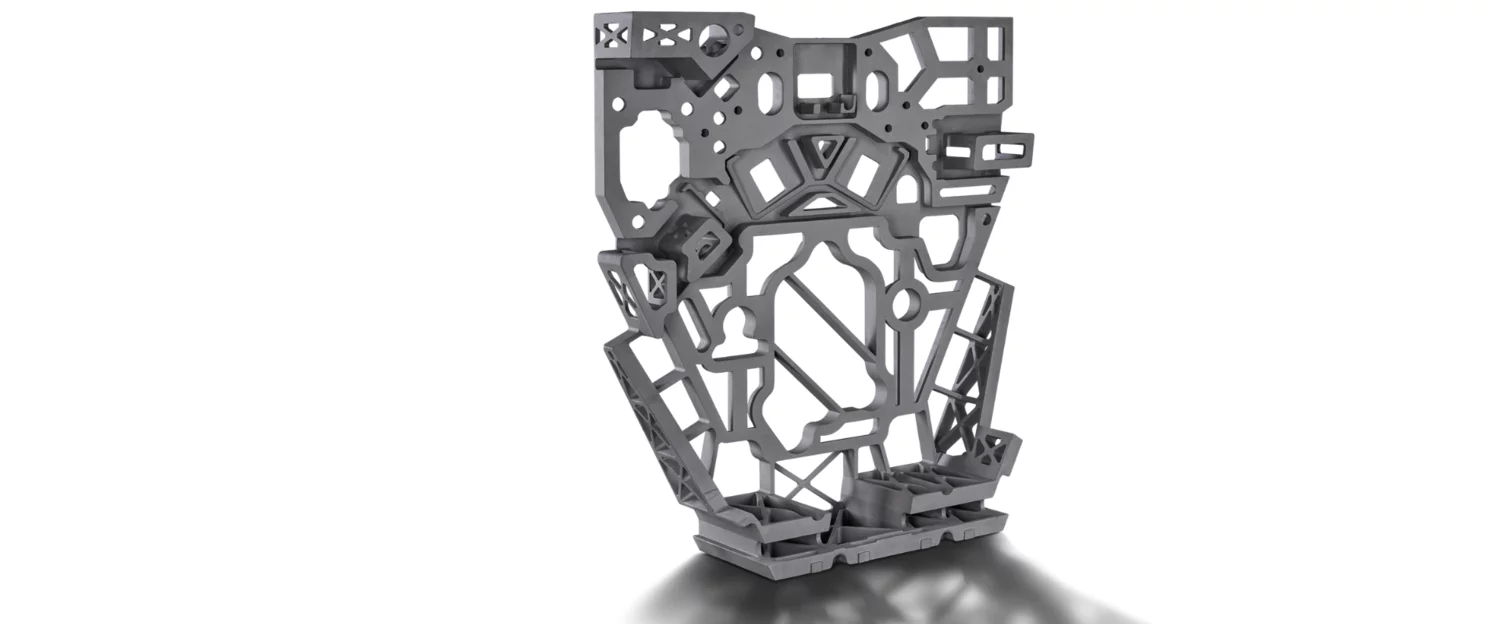When you need structural components made of ceramics that are as large as a human being, it can become a challenge. A challenge that was also faced by the Zeiss company. That's because the conventional manufacturing process, in which silicon carbide powder is pressed into a block and then milled, presented a major technical hurdle here. "A new idea was needed," says Stefan Unger, who is responsible for supply chain sustainability at Zeiss.
Printing diamond-hard and complex ceramics with IntrinSiC.
And this is exactly where Schunk came into play. Back in 2014, the experts at Technical Ceramics had developed a technology for processing silicon carbide - one of the hardest and most heat-resistant materials of all - using the 3D printing process. Called IntrinSiC, the process can produce components that were previously impossible with ceramics due to their complexity and size. The perfect method for Zeiss.
Partnership pays off
"For us, Zeiss was the ideal partner to develop 3-D printing further," says Dr. Lars Schnetter, Managing Director of Schunk Ingenieurkeramik. The production of ceramic components using 3D printing is more flexible, more cost-effective, more resource-efficient and less prone to errors than conventional processes. "We were initially a bit skeptical if a supplier could even meet our demanding requirements with a printing process," reveals Stefan Unger. But the patience and trust of both parties paid off in the end.
Sustainable technology with great potential
Schunk Ingenieurkeramik and Zeiss have been jointly driving technological innovations since 2008, and with it another topic: sustainability. After all, 3D printing not only saves time, material and money: "By manufacturing ceramic components using the 3D printing process, Schunk could save around 500 tons of CO2 in 2022," confirms Schnetter. And Unger adds, "This technology has major potential since it can be transferred to other fields. What’s more, this is just the start."
High-performance materials for precision mechanical engineering
Whether in precision mechanical engineering, metrology or aerospace, machine components made of IntrinSiC are convincing wherever minimized weight, increased precision and enhanced load-bearing capacity are required. You can find more information here: https://www.schunk-group.com/technical-ceramics/en/industries/mechanical-engineering

